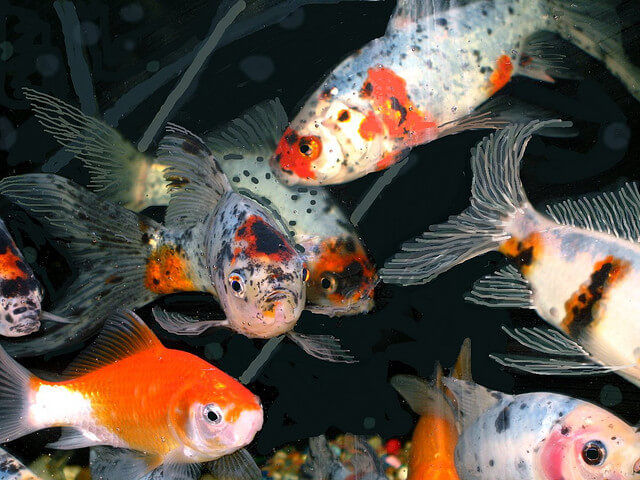The shubunkin goldfish is a captivating breed that combines the body shape of common or comet goldfish with the vibrant colors of fancy goldfish types. In this article, we will explore the unique characteristics of the shubunkin goldfish, including its color variations, physical attributes, and suitability for different environments.

Varieties of Shubunkin Goldfish
There are two primary varieties of shubunkin goldfish: the London shubunkin and the Bristol shubunkin. The London shubunkin is known for its elongated body and streamlined shape. In contrast, the Bristol shubunkin has a larger size and a more rounded caudal fin, which adds to its overall visual appeal.
Coloration and Desirable Traits
Shubunkin goldfish are most commonly recognized for their striking calico coloration. The ideal shubunkin displays a blue-silver background color covering approximately 25% of its body. This serves as a canvas for other vibrant colors, which may include red, orange, yellow, and white. Show-quality shubunkins possess a uniform distribution of black dots across their bodies, with colors that extend into the fins.
Physical Characteristics
Physically, shubunkin goldfish share similarities with common and comet goldfish. They have a single caudal tail fin, one dorsal fin, and paired pectoral and pelvic fins. However, shubunkin fins tend to be more elongated and noticeable, contributing to their graceful and elegant appearance.
Hardiness and Suitable Environments
One of the significant advantages of shubunkin goldfish is their hardiness, making them an excellent choice for both indoor aquariums and outdoor ponds. They can adapt well to various water conditions and temperature ranges. However, it is important to note that extreme temperature fluctuations can stress the fish, so ensuring stable water conditions is crucial.
Compatibility and Tank Mates
When selecting tank mates for shubunkin goldfish, it is important to consider their active nature. Shubunkins are fast swimmers and have a hearty appetite. It is recommended to avoid mixing them with slower-moving goldfish types, such as bubble eyes or celestial goldfish. Shubunkins may outcompete these breeds for food, leading to malnutrition and starvation for the slower fish. Instead, choose tank mates that are similar in size and have comparable swimming abilities.
Care and Maintenance
To ensure the well-being of shubunkin goldfish, it is essential to provide a suitable habitat and maintain good water quality. For indoor aquariums, a tank size of at least 20 gallons (75 liters) is recommended for a single shubunkin, with additional volume for each additional fish. Outdoor ponds should provide ample swimming space and be equipped with a reliable filtration system to maintain water clarity and quality.
Feeding and Nutrition
Shubunkin goldfish are omnivorous and have hearty appetites. They will readily consume a variety of foods, including high-quality goldfish flakes, pellets, and live or frozen foods. It is important to provide a balanced diet that includes both plant matter and protein-rich foods to meet their nutritional needs. Supplementing their diet with vegetables, such as peas or lettuce, can contribute to their overall health and digestion.
Conclusion
The shubunkin goldfish is a visually striking and hardy breed that offers a beautiful combination of body shape and vibrant colors. With their unique calico patterns and elongated fins, they add a touch of elegance to any aquarium or outdoor pond. As relatively easy-to-care-for fish, they are suitable for beginners and experienced goldfish enthusiasts alike. By providing an appropriate environment, compatible tank mates.
Related Reading
Reviewed By: Tim Winter

Tim Winter has a strong affection for pets and wildlife. His years of experience caring for various types of pets has led him to share his knowledge with others on the best practices in pet care. Tim holds a Bachelor of Science from the University of Oregon School of Journalism and Communications.
